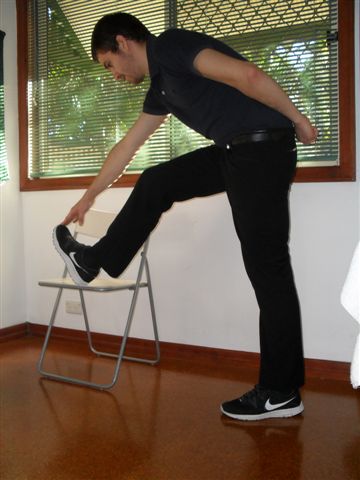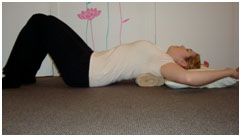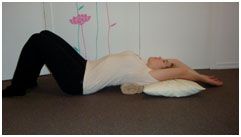A question I frequently get asked in clinic is, “how can I become more flexible?” Often this question comes from patients and people like myself who have never been flexible and who find it difficult to stretch or gain any range from stretching.
Luckily there some advanced stretching techniques widely practiced amongst Occupational Therapists, Physios and Musculoskeletal Therapists, which I’ll share with you today. These techniques make stretching easier because it ‘tricks’ the sensors in our muscles allowing them to relax and stretch further.
This stretching technique is called Proprioceptive Neuromuscular Facilitation (PNF.) Now the word is a mouthful, but when you know a key few steps, the technique is relatively simple and easy to apply.
PNF involves passively stretching a muscle group, then contracting the muscle against resistance while in the stretched position, then passively stretching again which increases the range of motion and helps you to stretch further, increasing flexibility.
How to practice PNF techniques:
Taking the target muscle to a comfortable stretch, holding for 20-30 seconds, contracting that muscle for 15 seconds, and then relax and bring the muscle further to the next comfortable stretch. Usually 3-5 times or until you hit end range.
Here is an example applied to hamstrings:
 Continue reading “How to get flexible fast — improve your flexibility and performance”
Continue reading “How to get flexible fast — improve your flexibility and performance”


